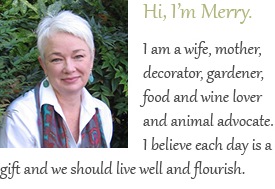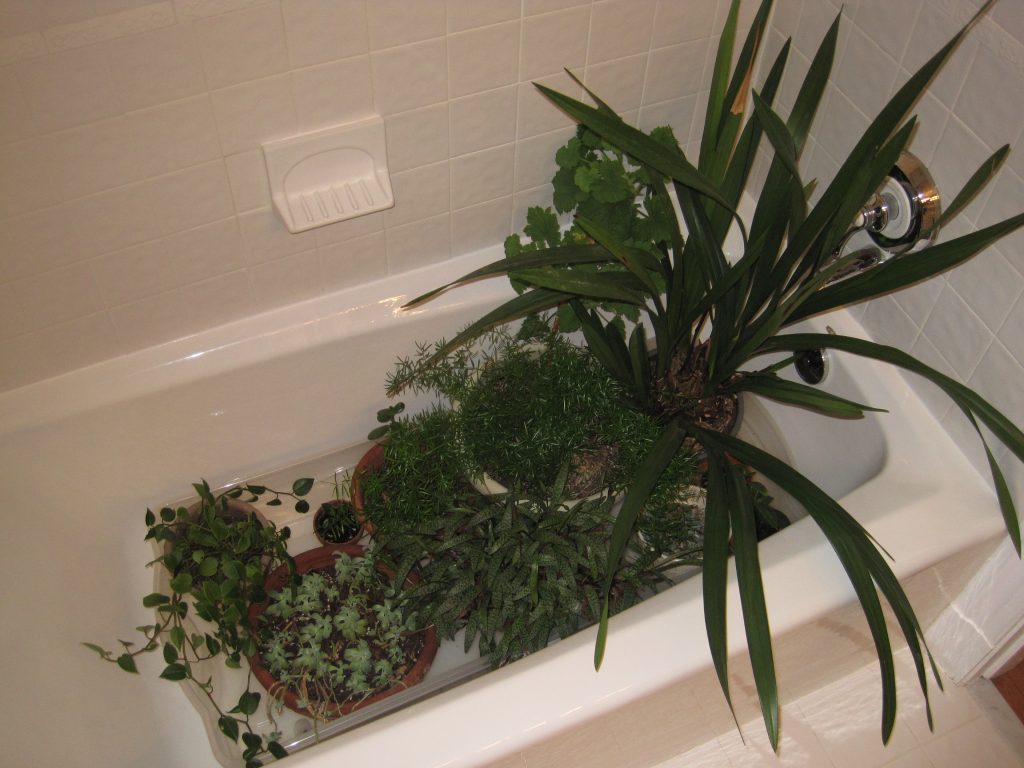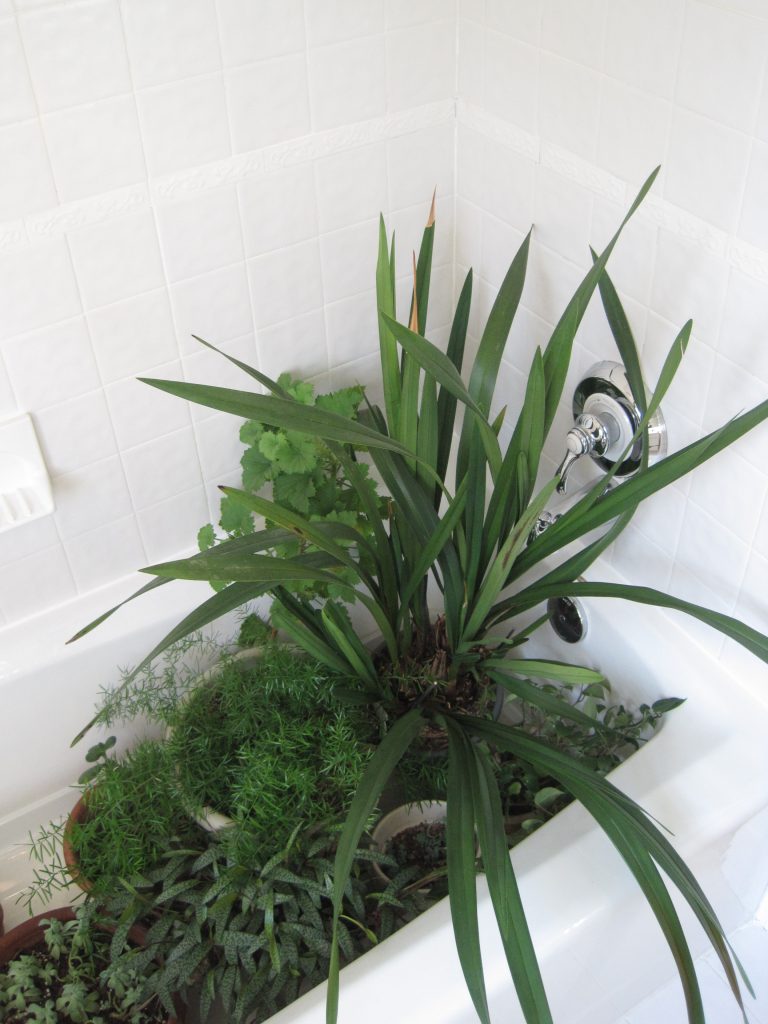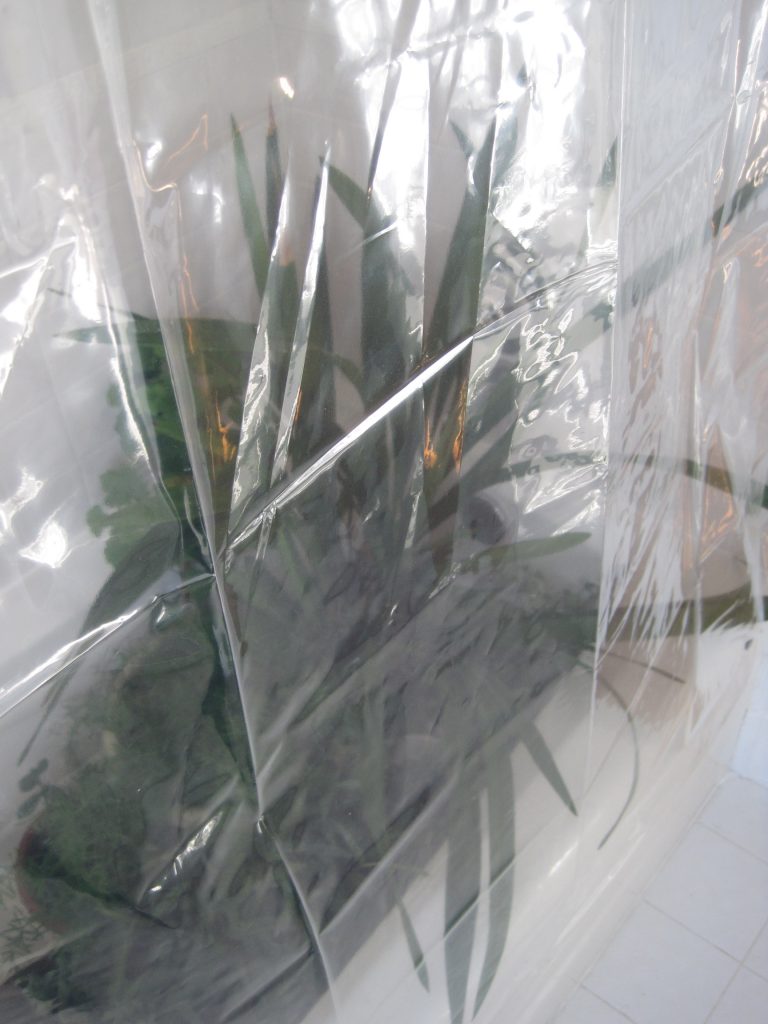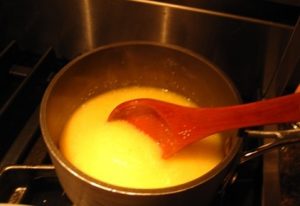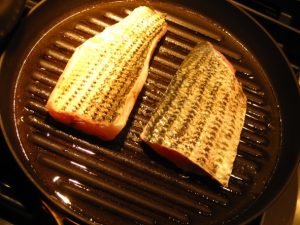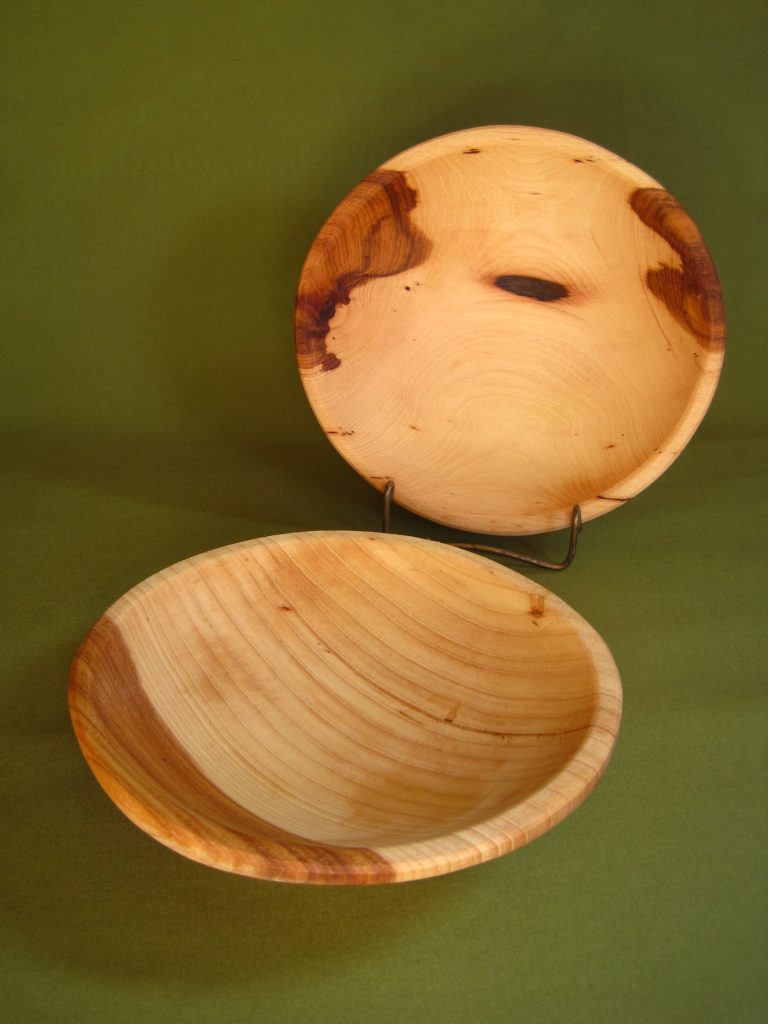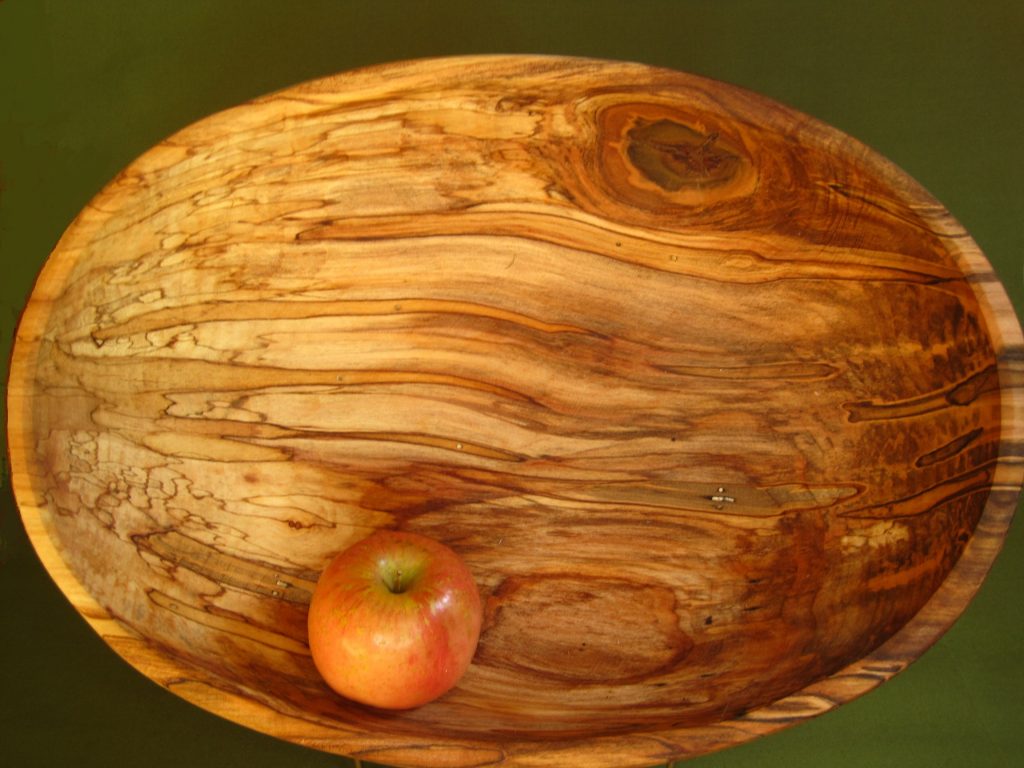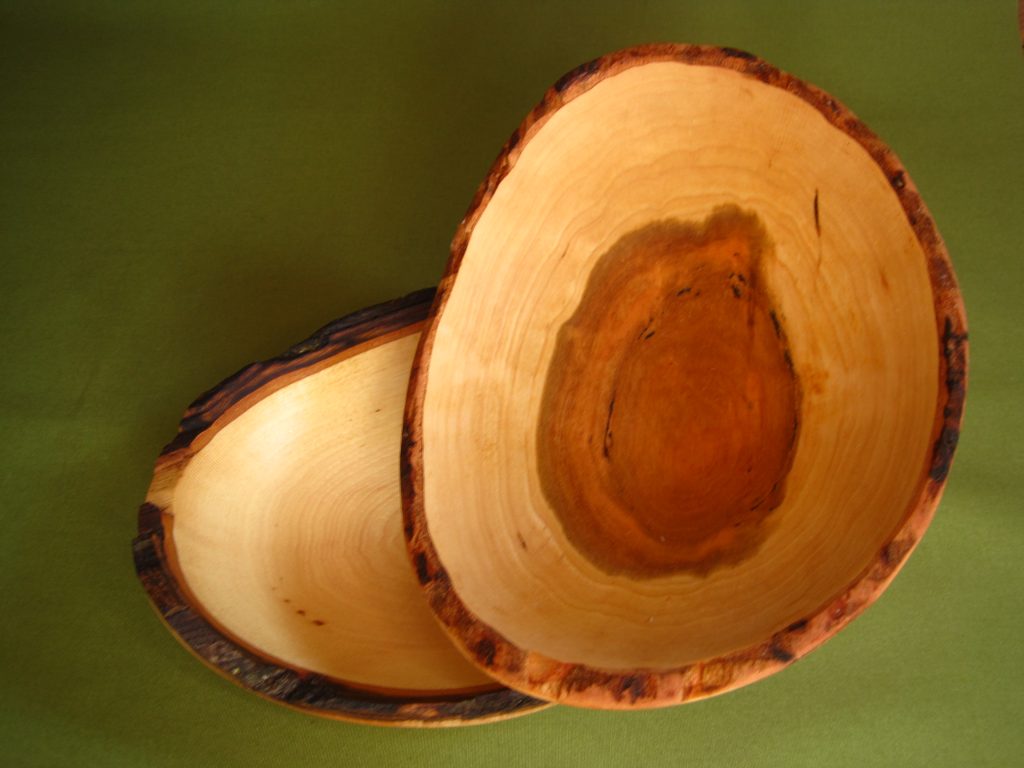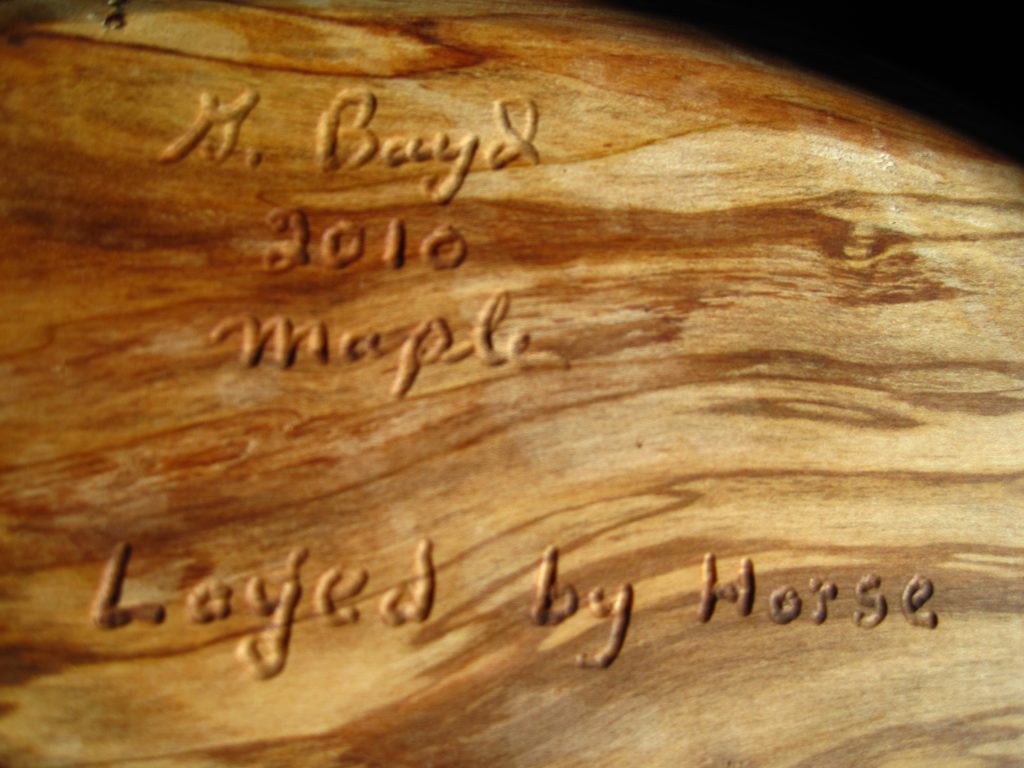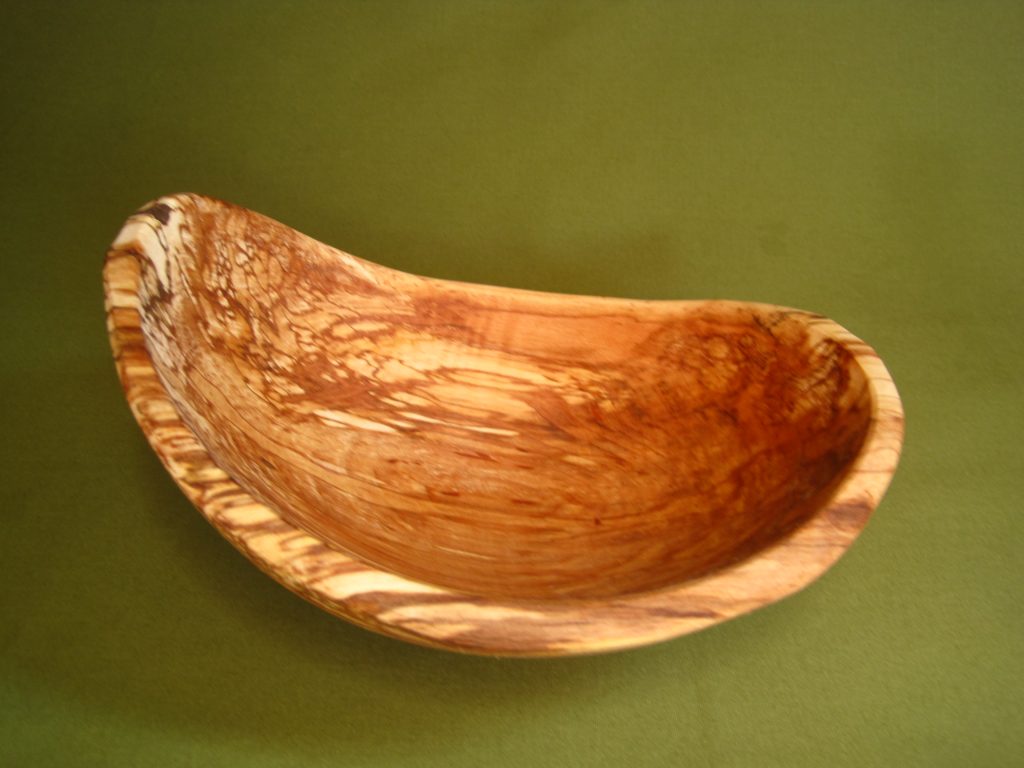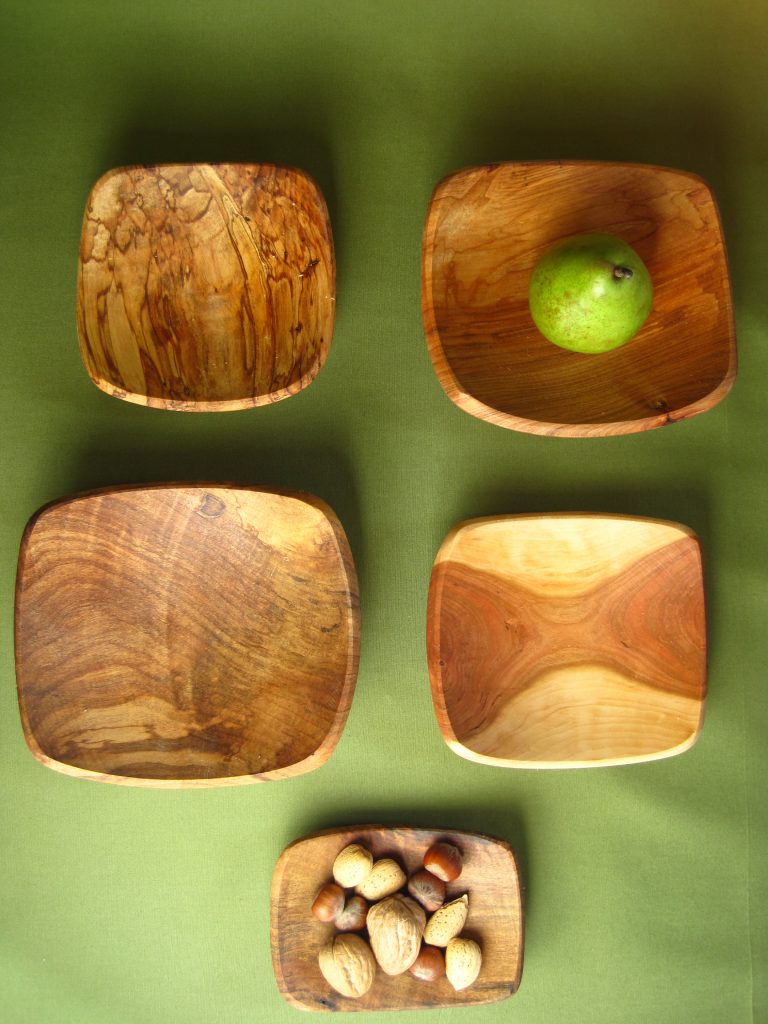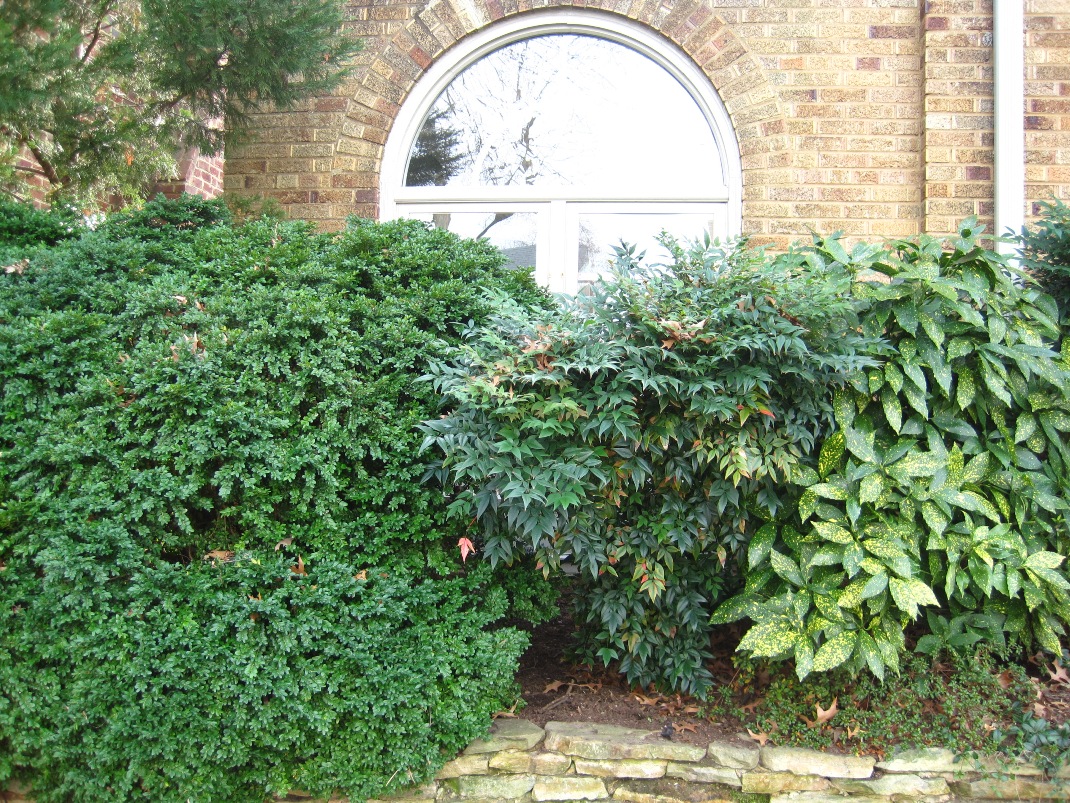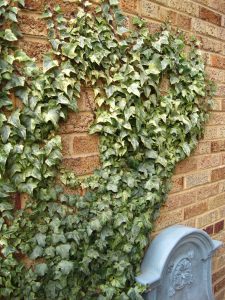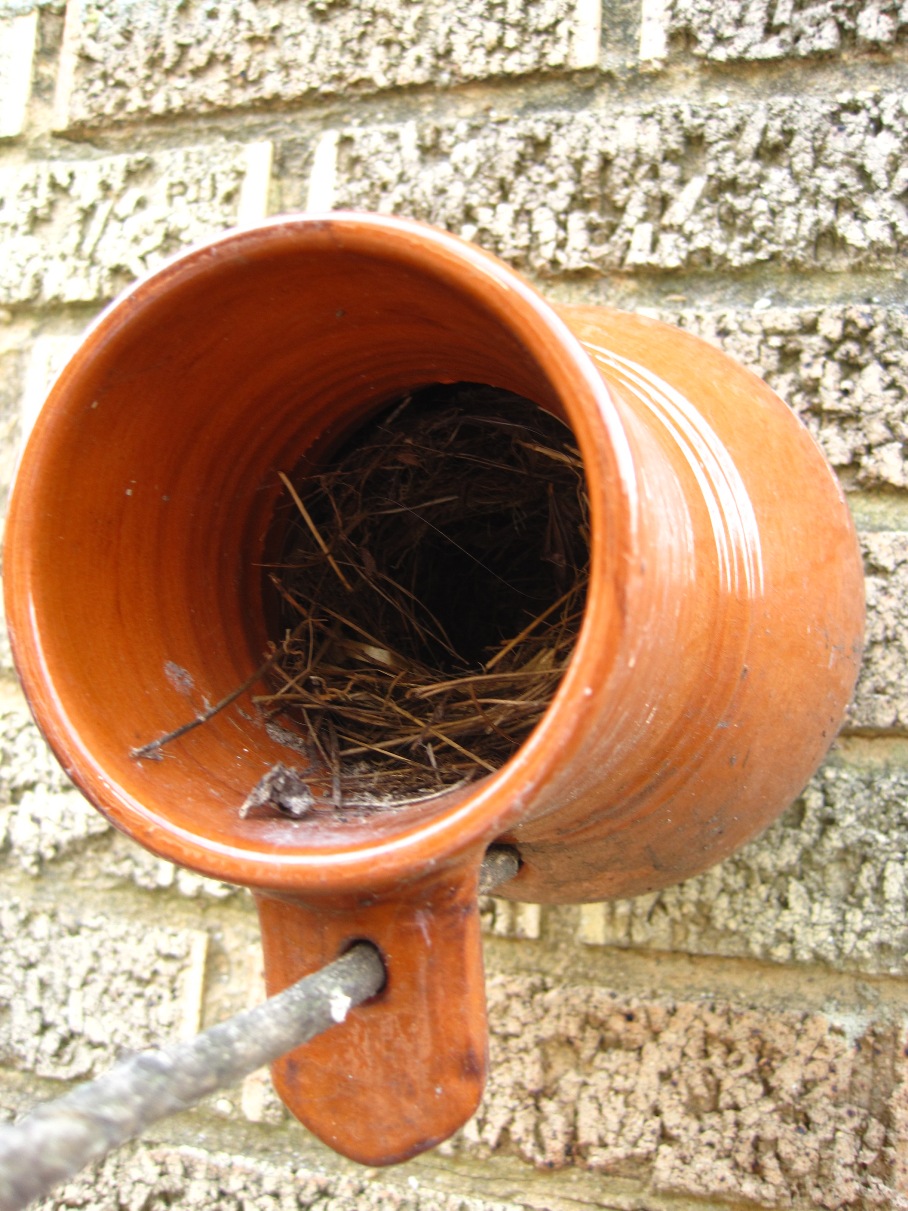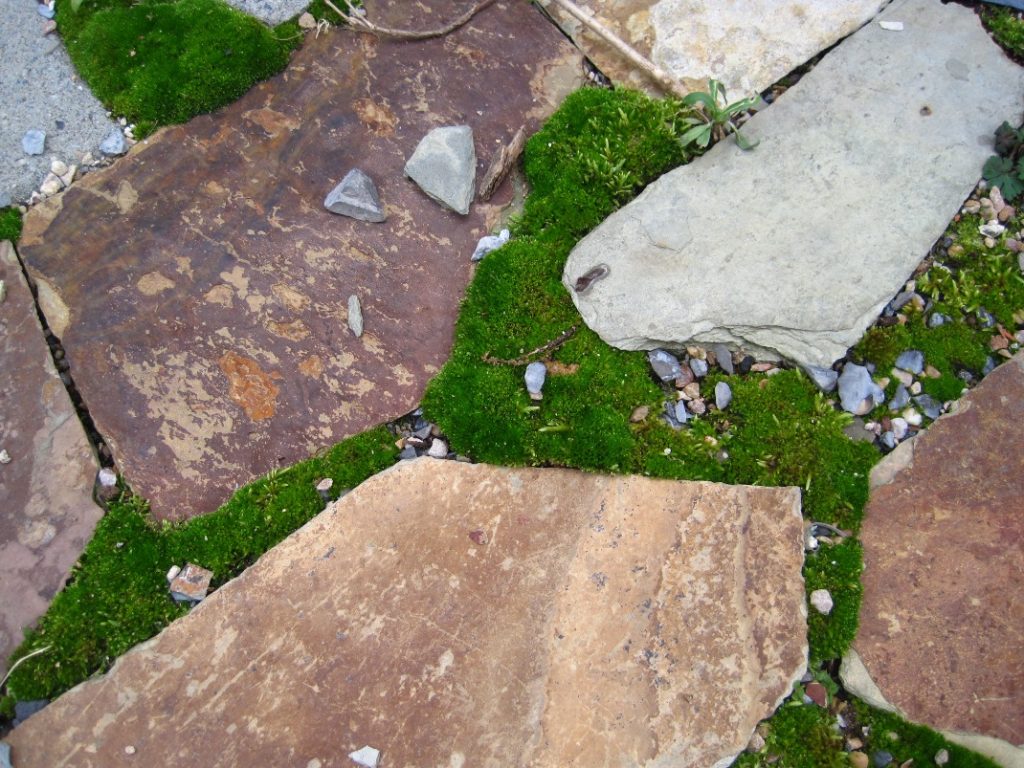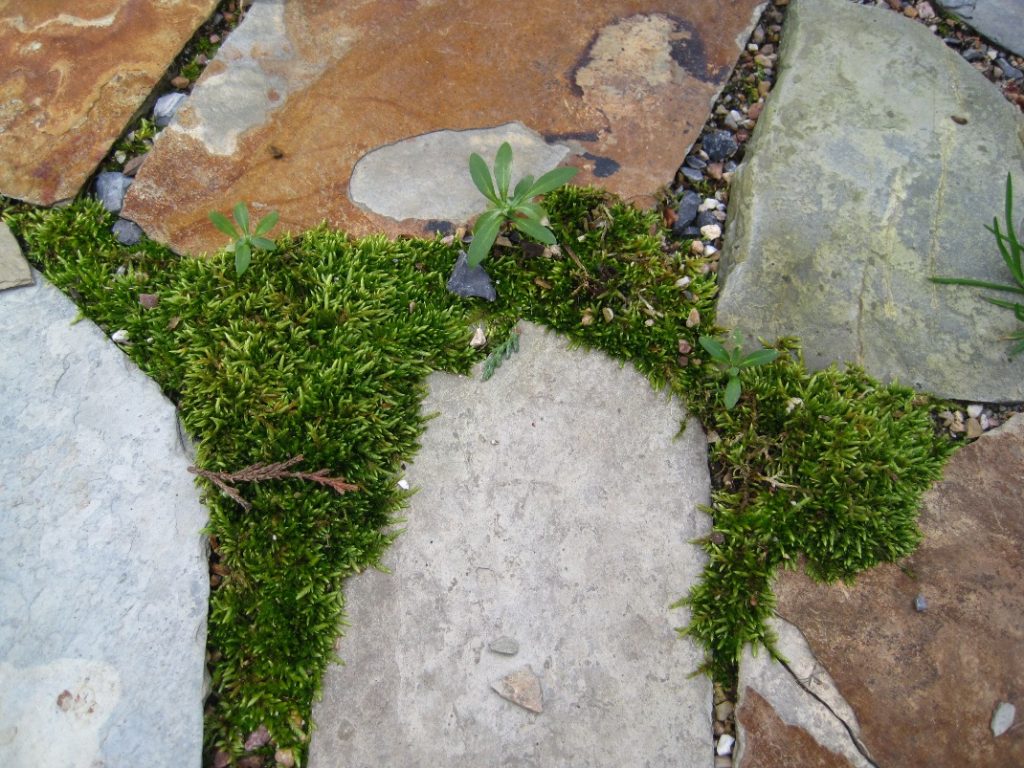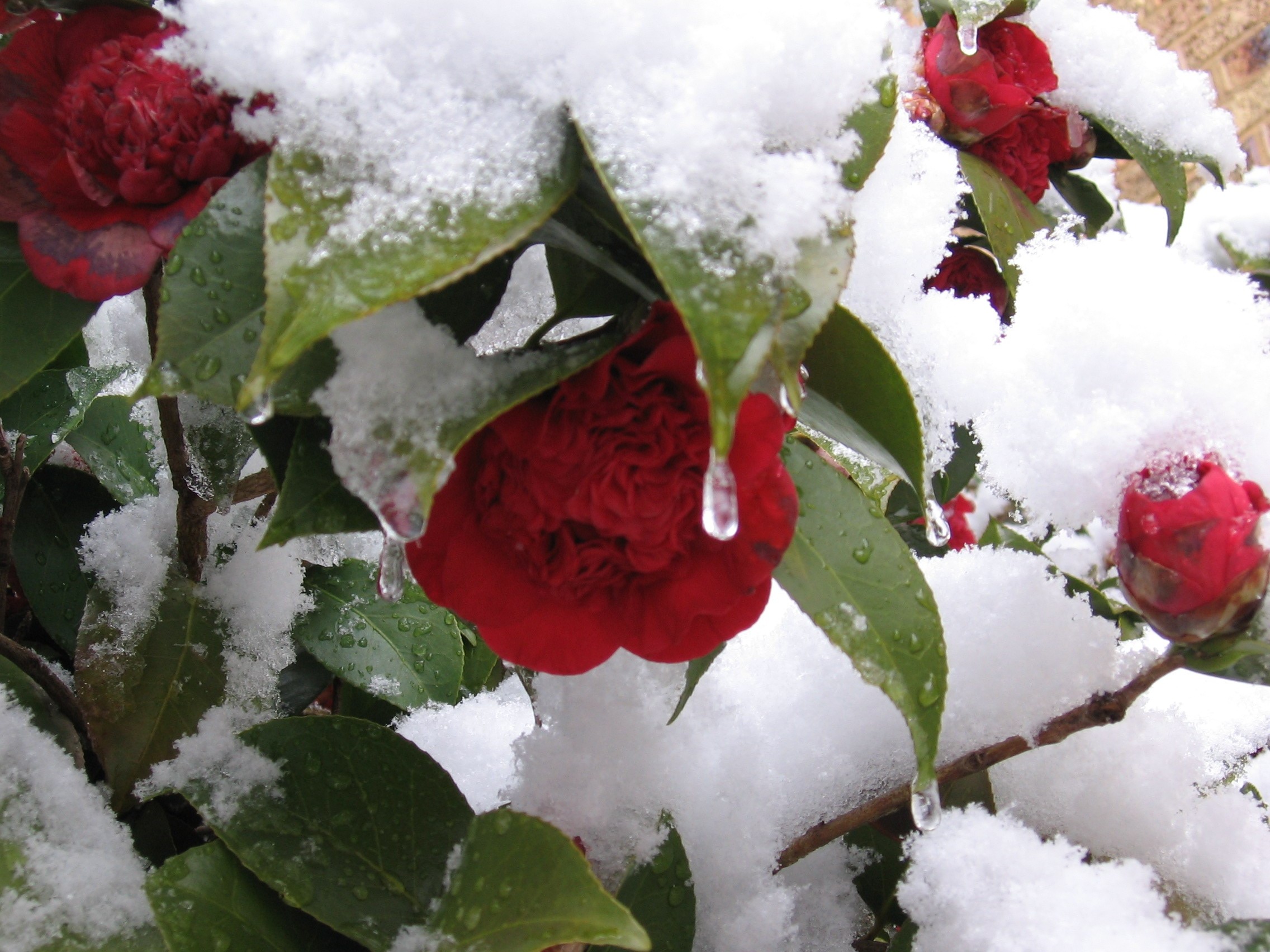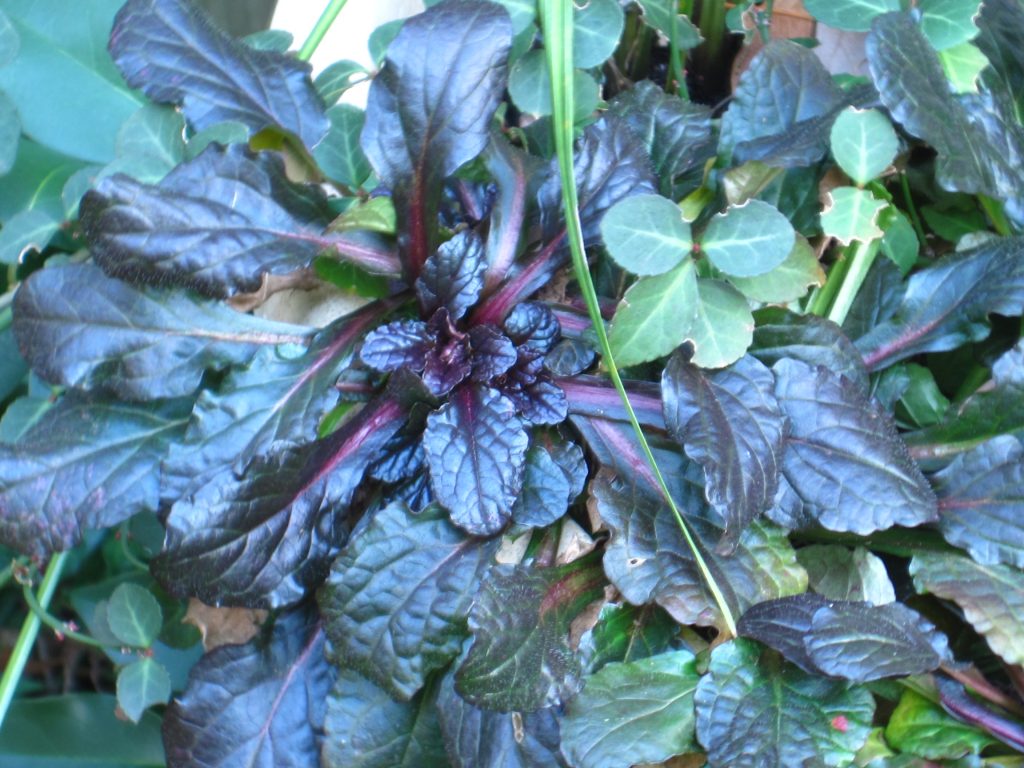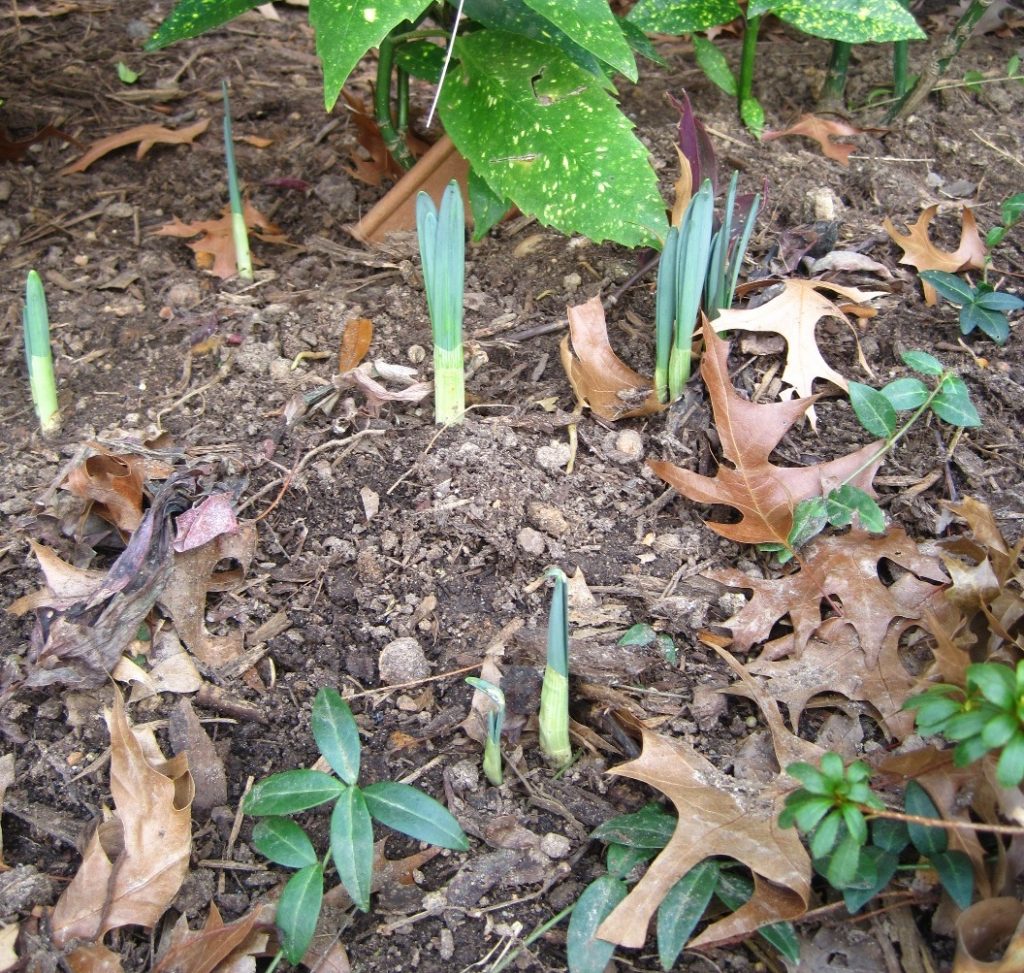The world of interior design and decorating has exploded in recent years. The Internet offers the public access to resources (or knock-offs thereof) formerly only available to the trade. There are multiple TV networks dedicated to making you believe that you can not only do it yourself, but that it will cost you next to nothing. In malls and shopping centers, almost every store that sells home furnishings now offers “free design assistance”. So why would anyone pay for a decorator?
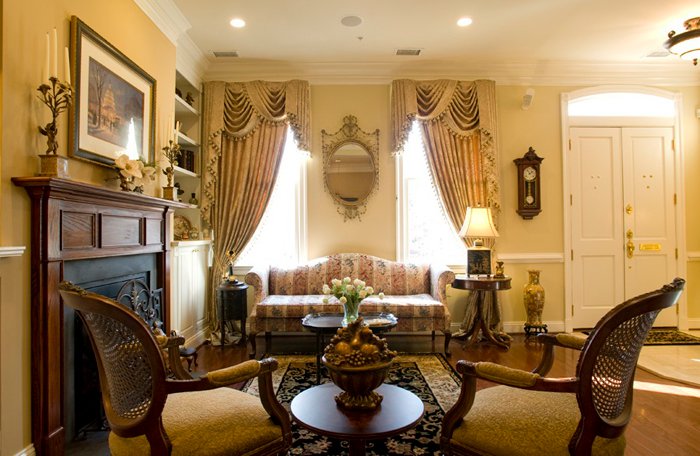
A grand Capitol Hill residence
1. There is a difference between a sales call and a design consultation.
When stores offer “free” design services, rest assured, the associate’s main objective is to sell you merchandise from his / her place of business, period. There is nothing wrong with an in-home sales call, but just be sure you understand what you’re getting into.
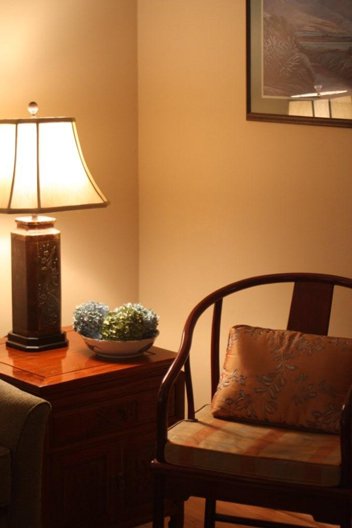
A palette of muted colors and classic Asian furnishings
When I call on a client, my objective is to find out as much as I can about the people who will use the space I’ll be designing. Good design is about people, not merchandise. It’s about how life functions in a space. It’s about how one feels walking into the room and also how comfortable you are hours later. A well designed room reflects your lifestyle or the image you want your home or business to project. It has nothing to do with my personal style, but rather my experience and skill in helping you develop yours.
2. Good is never cheap and cheap is never good.
A professionally designed space is an investment meant to enhance your quality of life for a long time. Trends come and go, but we all want a touch of newness in our lives from time to time. My job is to use my knowledge of materials as well as my “eye” for design, to guide you toward sound investments on the big ticket items. I can help you design a solid foundation of superior design and long lasting quality. Then we can satisfy your craving for the latest trend with just a few well chosen accessories rather than re-doing everything.
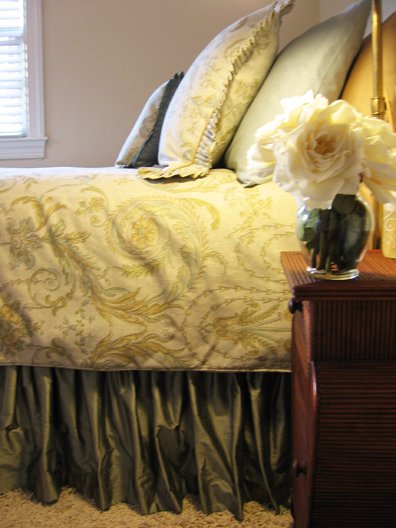
Dressmaker details, simple accessories and luxury fabrics create a feeling of understated elegance and femininity..
3. Time is money.
Do you want to spend every week-end driving to furniture stores trying to find the perfect chair? How many sample jars of paint will you smear on your wall in an attempt to find the perfect color? Your time is valuable. I have the expertise and resources to sift through the thousands of choices and come up with one or two selections that are perfect for you.
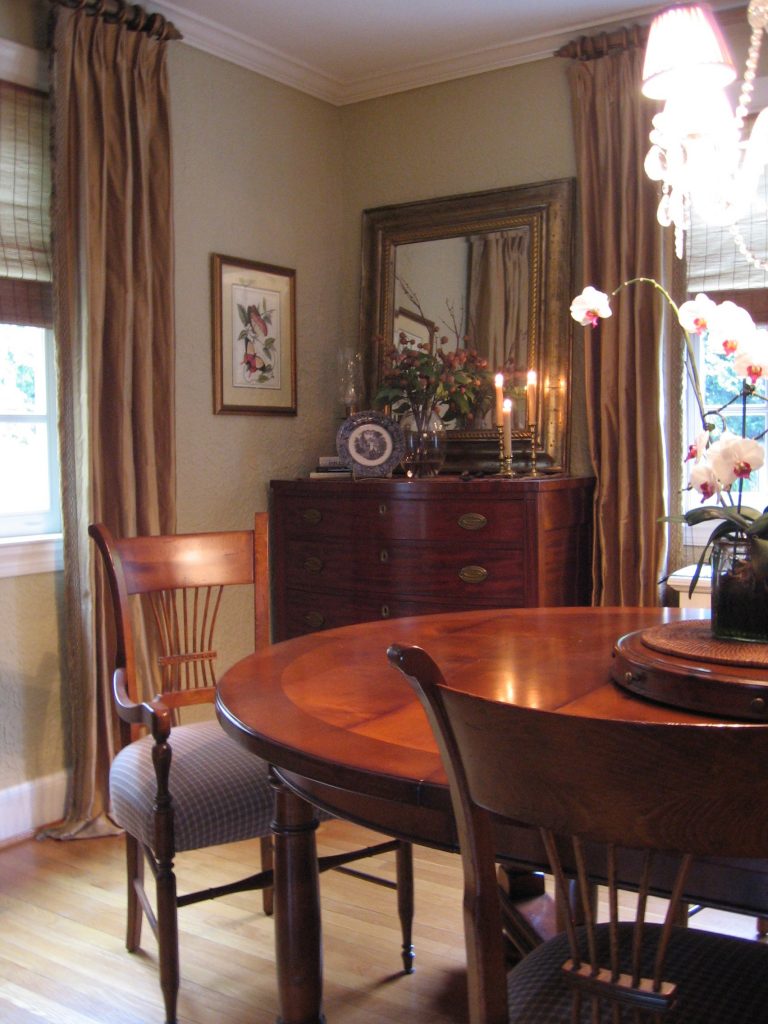
Relaxed formality with a blend of textures
4. Relationships, relationships, relationships
I ask a lot of questions when I design a space for you…A LOT of questions. I need to know so much more than the budget and the measurements of the room! When you entrust me to design the space in which you will live your life, I take this responsibility very seriously. I stand behind my work and the products and services I provide. There is no “return policy” or disclaimer. Just a promise that I will do whatever is necessary to make sure you love your space.
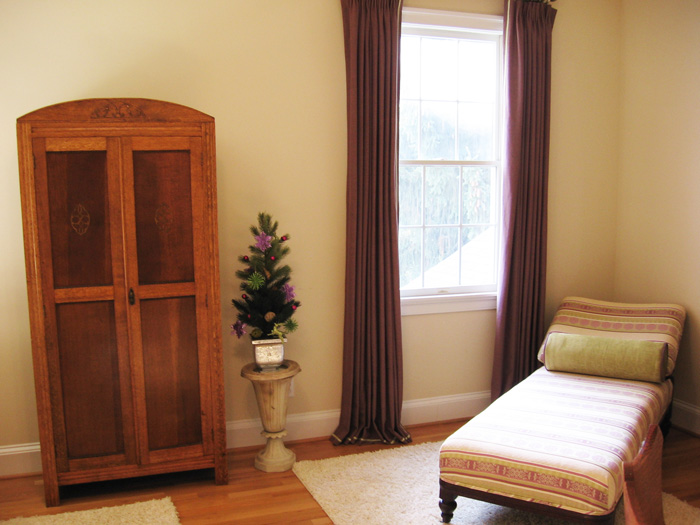
A restful corner in a well-appointed guest suite
Many times, my clients become my friends. I get to know their children, their dogs and the things that are most important to them. I am flattered when a past client refers a friend to me, or when they call on me again, many years later, to do “the next house”. Because we know each other so well, we both know what to expect…a good design that works.
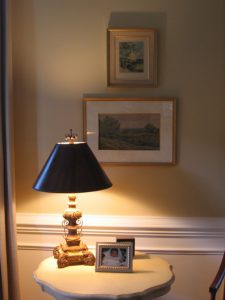 And that is money well spent.
And that is money well spent.
I designed all of the spaces above, exclusively for some of my favorite clients. If you have questions about specific materials, furnishings, colors, etc., contact me through my website, (link at upper left), or post a comment here.
(0 Comments)


